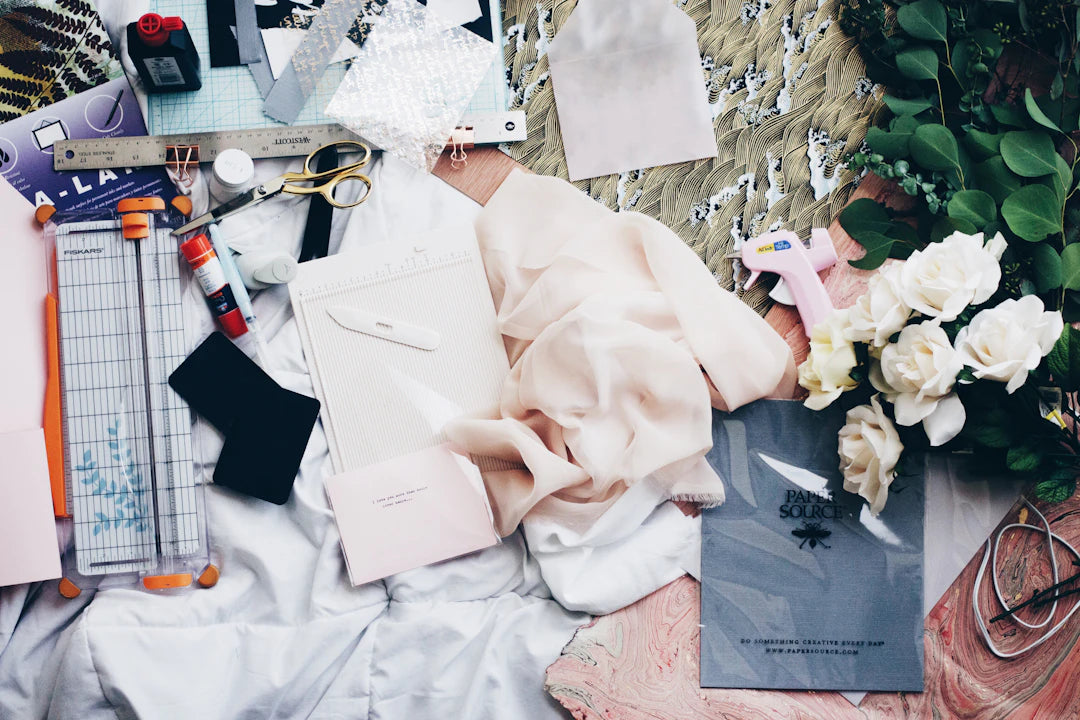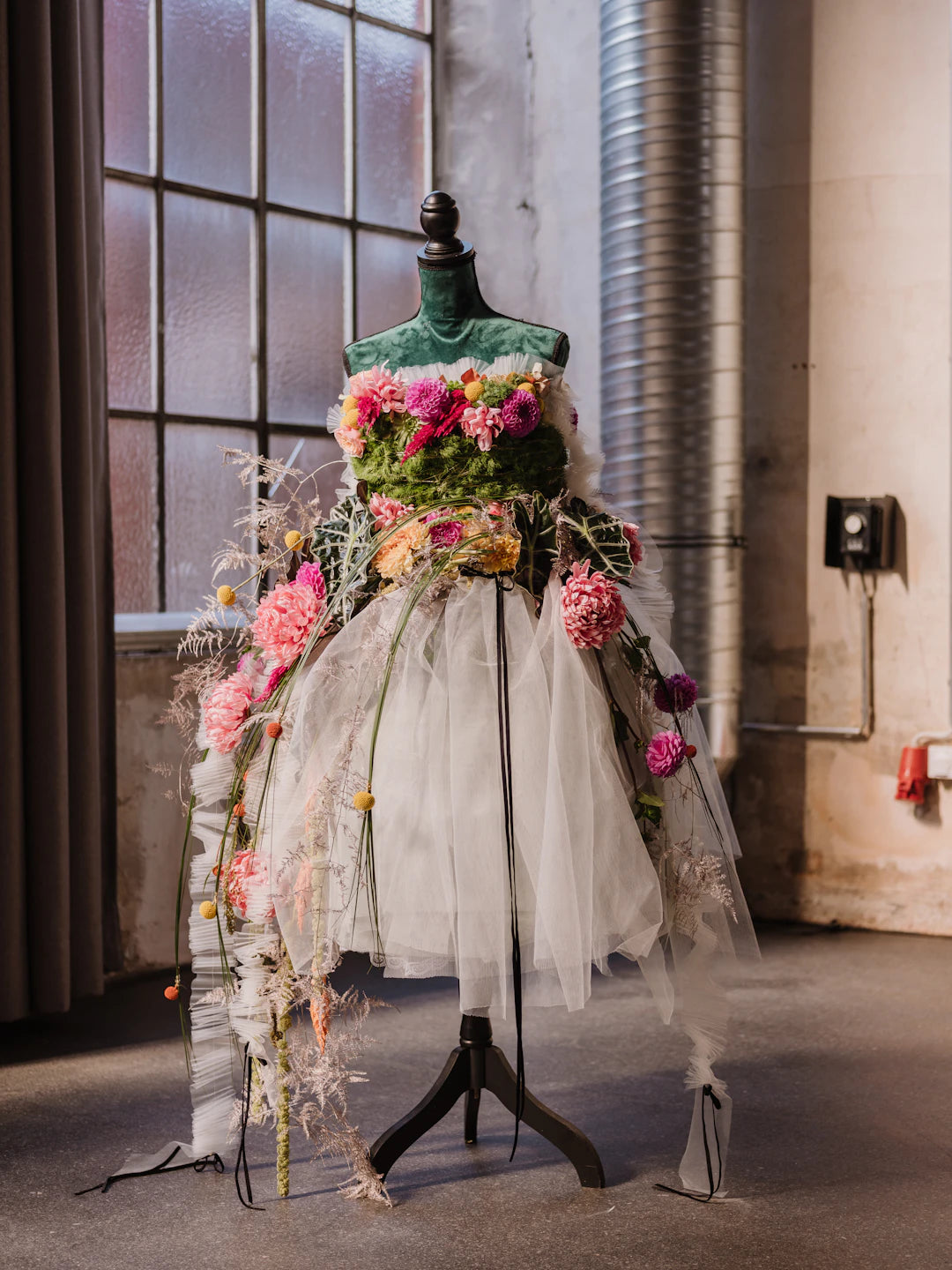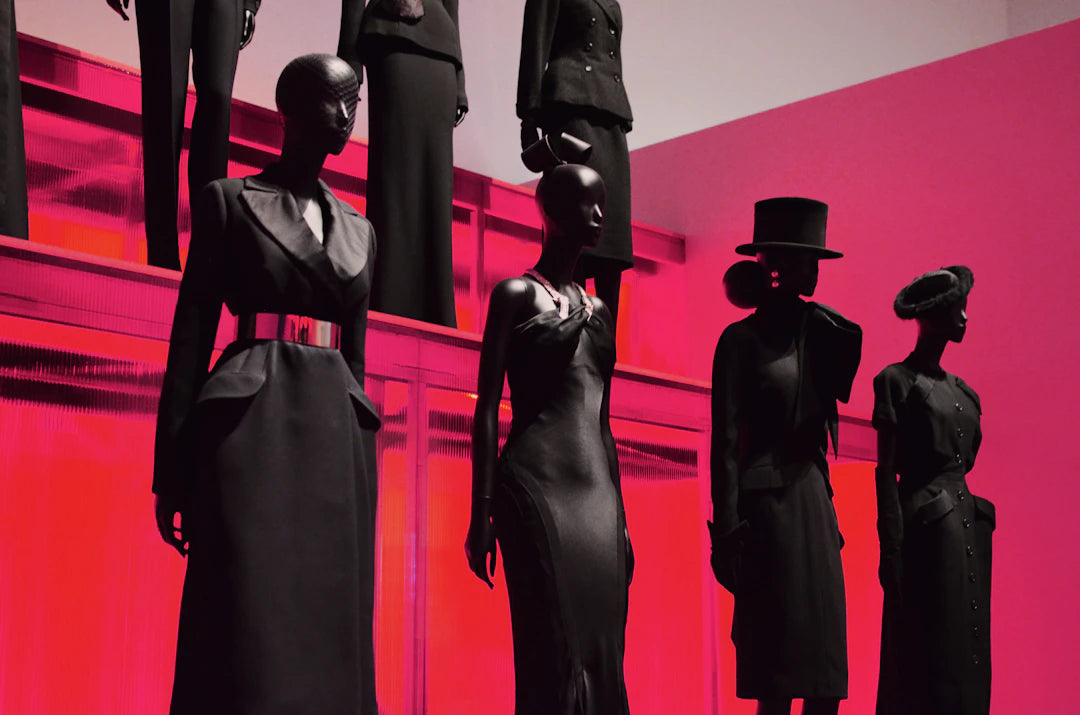Creating unique textures is essential for any digital artist, especially when it comes to designing fashion accessories. If you want to elevate your sketches and stand out in a competitive market, learning how to create and utilize custom Procreate brushes is a game-changer. In this comprehensive guide, we offer valuable Procreate tips for designers, hands-on techniques, tool recommendations, and practical examples to enhance your artistry.
Understanding the Power of Custom Brushes
Custom brushes in Procreate can transform your digital canvas into a playground of creativity. They enable you to mimic traditional techniques, such as watercolor, oil painting, or even fabric textures, which can be especially beneficial for fashion design. Using unique brushes allows you to create textures that enhance fabric views, accessory details, and overall presentation of your fashion sketches.
Why Custom Brushes Matter for Fashion Designers
As a fashion design student or a budding designer, the ability to present your ideas visually is key. Textures play a crucial role in conveying the feel and look of materials in fashion accessories. Here are a few reasons why custom brushes should be part of your toolkit:
- Authenticity: Custom brushes allow you to recreate textures that closely resemble real-life materials.
- Efficiency: Save time by applying intricate patterns and effects quickly.
- Individuality: Stand out by developing a personal brush library that reflects your style.
Getting Started with Custom Brushes in Procreate
Follow these steps to create your first custom brush and unlock a world of textural possibilities!
Step 1: Open Procreate and Create a New Brush
Launch Procreate and tap on the "Brush" icon in the top right corner. From the Brush Library, select "Create New Brush." This begins your brush creation process.
Step 2: Mill Around the Brush Settings
As you enter the Brush Settings, explore the different sections:
- Stroke Path: Adjust spacing, streamline, and jitter settings to define how your brush behaves during strokes.
- Taper: Control how your strokes fade in and out, which is vital for nuanced details.
- Shape: Choose or create a shape source that defines the brush's unique mark.
- Grain: This option gives texture to your brush. Adding a grain image will make your strokes feel more organic.
Step 3: Experiment and Save Your Brush
Test your brush settings on a new canvas to see how it performs. Don’t hesitate to tweak the settings until you achieve the desired effect. Once satisfied, tap "Done" to save your brush in your library.
Creating Unique Textures with Your Brush
Now that you understand how to create a custom brush, it's time to leverage it to create unique textures for fashion sketches. Below are several examples of how to enhance your designs.
Fabric Textures
When creating fashion accessories, representing various fabrics accurately is crucial. To simulate textures like denim or silk:
- Use a combination of stiple and grainy brushes to capture the intricacies.
- Create a brush that mimics the weave of fabric. Adjust its spacing and taper for finesse.
Print Patterns
Custom brushes are perfect for creating intricate prints. For example:
- Design florals, geometric shapes, or abstract patterns using a bespoke shape brush.
- Play with opacity and layering. Use different colors for overlapping designs to create depth and complexity.
Illustrating Accessories with Texture
When illustrating products like handbags or earrings, the illusion of texture adds realism. Here’s how to do it:
- Use a soft, gritty brush to create shadows and highlights on surface textures.
- Apply a specific pattern brush for elements like embossed designs or stitching.
Real Use Cases of Custom Brushes in Fashion Design
Let’s explore some practical scenarios where custom brushes have significantly improved fashion sketches.
Scenario 1: Redesigning Established Brands
When redesigning iconic fashion accessories, designers can use custom brushes for consistency in texture. For example, when rendering classic leather wallets, creating a brush that reflects a patina effect gives the redesign character and authenticity.
Scenario 2: Developing New Collections
For a new collection, a fashion accessory designer might create a series of brushes to reflect seasonal patterns. Imagine a brush that replicates the feel of winter fabrics like wool or velvet, adding a seasonal touch to digital sketches.
Scenario 3: Prototyping Mood Boards
In the early stages of design, mood boards are essential. By utilizing custom brushes to create themed textures, designers can present cohesive looks. For instance, a beach-inspired collection could feature sandy textures and ocean waves created digitally, accurately representing the essence of the collection.
Procreate Tips for Designers: Enhance Your Sketch Quality
To maximize your sketching efficiency and quality in Procreate, utilize the following tips:
- Always use a stylus: This will provide better control and precision when creating details.
- Maintain layers: Using multiple layers allows you to edit textures without affecting underlying designs.
- Utilize blend modes: Experiment with different blend modes to achieve unique color merging for textures.
- Optimize opacity settings: Adjusting opacity can create stunning depth and layers in texture portrayal.
Maximizing Productivity in Procreate
In the fast-paced world of fashion design, time is often of the essence. Here are some tricks to enhance your productivity while creating your masterpieces:
- Organize Your Brush Library: Keep your custom brushes categorized based on fabrics, patterns, or themes for quick access.
- Set Up Quick Access Shortcuts: Use Procreate’s quick menu for frequently used brushes and tools to streamline your workflow.
- Plan Your Sketches: Draft your layout before diving in; this saves time and effort in the long run.
Don’t Stop Creating!
Whether you're a fashion design student or an established designer, mastering the use of custom brushes will undoubtedly take your work to unparalleled heights. Embrace the versatility of Procreate, explore its depths, and let your creativity thrive! Remember that the key lies in practice, experimentation, and, most importantly, the joy of creation. By following these guidelines and employing effective Procreate tips for designers, you'll soon develop an impressive portfolio of fashion sketches that boldly showcases your unique style.





Leave a comment
This site is protected by hCaptcha and the hCaptcha Privacy Policy and Terms of Service apply.